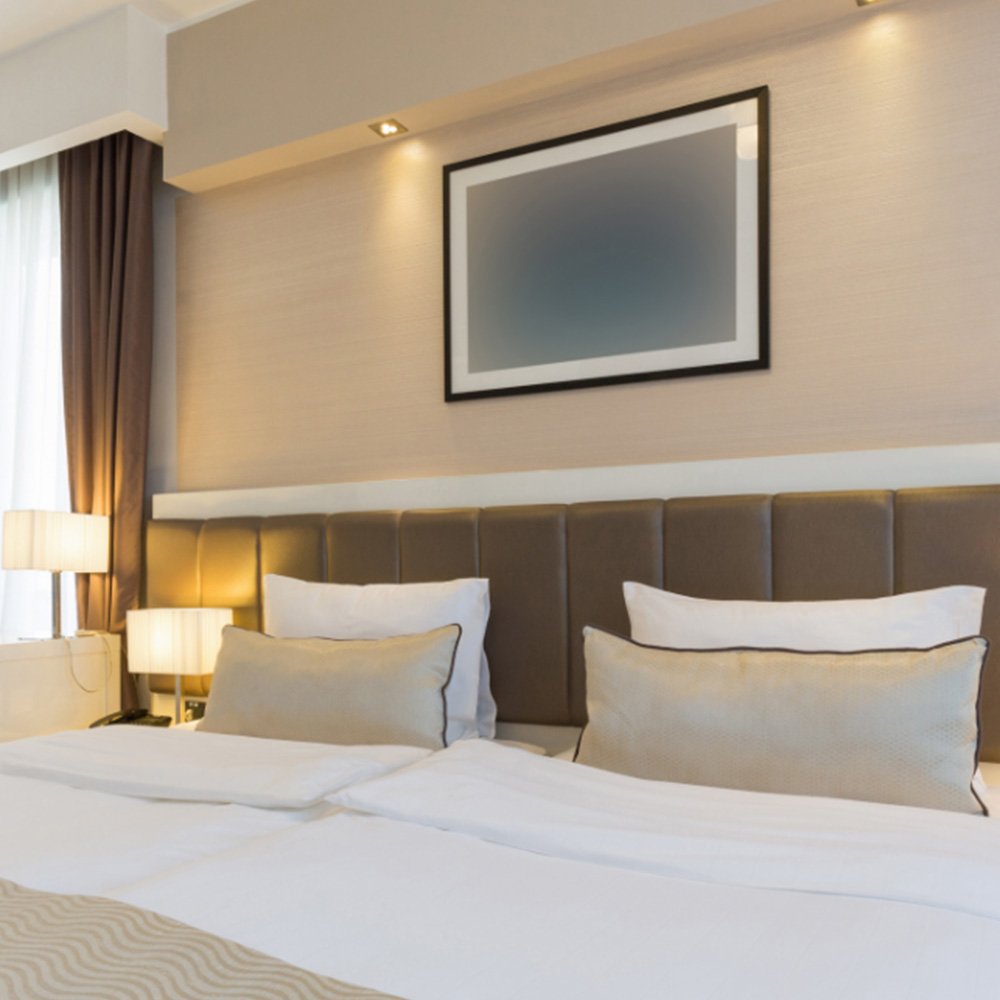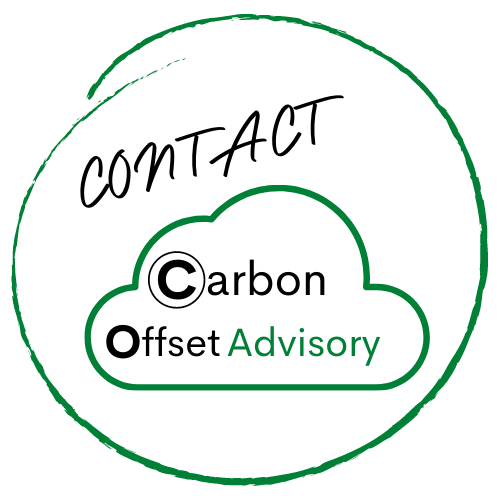WIND
WIND POWER
Wind power is a method of harnessing the movement of air near the ground’s surface and using it to push propellers to turn a turbine that generates electricity. Wind is caused by temperature and pressure differences on the Earth’s ground surface. These differences are due to different rates and intensities of heating (incoming radiation) from the sun in different parts of the world.
Read More
How do wind power systems work?
Wind pushes the propellers or blades that are attached to a concrete or metal mast or tower of varying height – sometimes about 50 metres high. The pivot (central point) of the propellers is connected to cogs and a gearbox. The gearbox is responsible for controlling the speed that the turbine spins at (just like in a vehicle). The turbine generates electricity by the interaction of a spinning magnet and coils of copper wire. Inside the turbine there are speed and direction sensors. There are also brakes near the gear box – the brakes are triggered to activate if the propellers are spinning at a velocity which is dangerously fast and which could damage the gearbox (or cause the propellers to fly right off the pivot). This activates the system to change the angle (pitch) of the propellers so that they do not catch the wind at all. Instead they turn, lock and stop spinning completely.
What are the advantages of wind power?
- It can be done on a variety of scales, ranging from a small windmill for a single household, to a series of large turbines on masts on a large farm
- It can be done in remote locations
- Small windmills are simple and can have very low maintenance requirements – ideal for low income and remote areas
- It can be done on land and out at sea
- It is a way for farmers to earn extra income, by renting out unused field space to energy companies for wind turbines.
- It can be used for multiple purposes – generating electricity, pumping water or powering grinding mills (these are ancient techniques that have stood the test of time).
- There are no real carbon emissions associated with the running of a wind power system – because the emissions are mostly associated with the embodied energy for production of the wind turbine parts themselves before it is set up as a system (eg. blades, gearbox, mast etc).
What are the disadvantages of wind power?
- White noise (continuous hum / whir of the propellers) – can cause annoyance and disturbance to local residents (human and animal)
- Visual pollution – some people think the towers are unsightly. This can reduce the value of the land, and reduce income from tourism
- Shadow effect (the flicker of shadows from propellers confuses or scares birds and disturbs people and animals nearby eg. livestock grazing in fields with turbines)
- Spinning propellers can kill birds and bats – blades can confuse them, and blades also spin too fast for them to avoid
- Danger to air navigation eg. parachutists, gliders, small planes
- Generally, wind power feeds directly into a grid – it is not stored. This means that you can only have power generated when there actually happens to be wind (so the power generated depends on weather and seasons).
- Wind turbines must switch off when there are stormy conditions or very high wind speeds – which can be unpredictable and inconvenient in relation to when electricity is needed
- Wind needs to be a certain minimum speed in order to start pushing the propellers or windmill
How does using wind power help me to reduce my carbon footprint?
- The larger the proportion of a country’s energy mix that wind power (and other renewables) makes, the less carbon emissions you will have per kilowatt that you consume (so more of your energy consumption comes from cleaner energy sources).
Important considerations before installing wind power.
- What are the climatic conditions in your area (i.e. is there enough wind, is it all year round)?
- What is the prevailing wind direction? Is your building location suitable in relation to it?
- What kind of generating capacity do you need?
- What are your energy needs?
- When do you need most power?
- Do you have any neighbours that the wind turbine could affect?
- Are you near any important ecological sites for birds or bats?
- Are you near any important flight paths?
- Will the wind turbine cause visual pollution?
Read Less
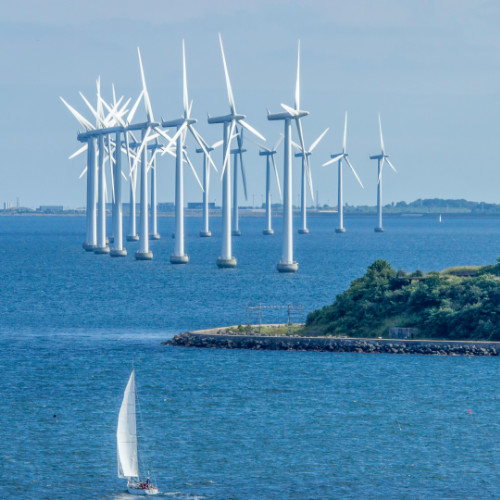
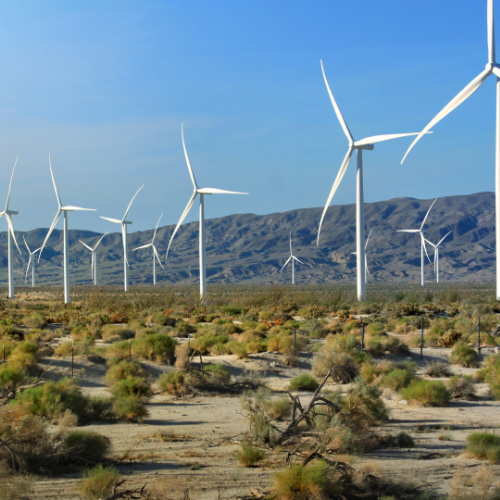
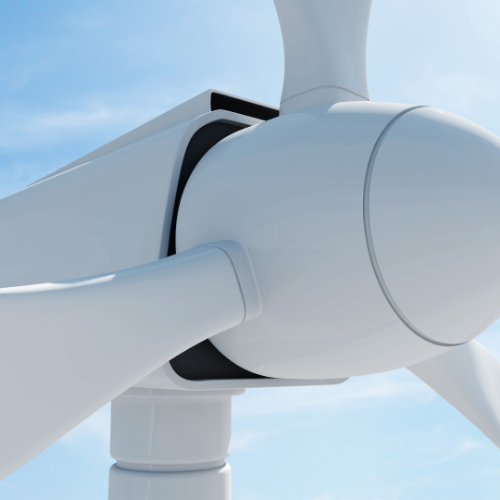
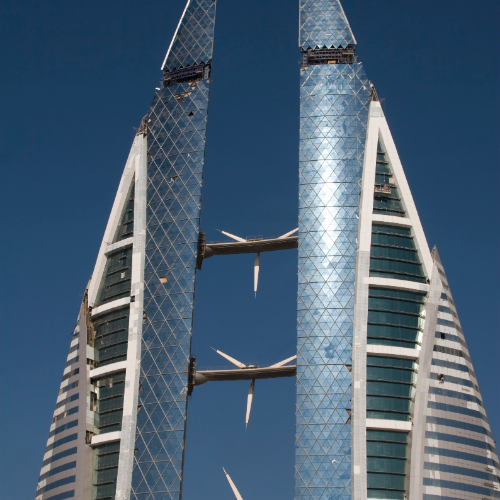
Wind




WIND POWER
Wind power is a method of harnessing the movement of air near the ground’s surface and using it to push propellers to turn a turbine that generates electricity. Wind is caused by temperature and pressure differences on the Earth’s ground surface. These differences are due to different rates and intensities of heating (incoming radiation) from the sun in different parts of the world.
Read More
How do wind power systems work?
Wind pushes the propellers or blades that are attached to a concrete or metal mast or tower of varying height – sometimes about 50 metres high. The pivot (central point) of the propellers is connected to cogs and a gearbox. The gearbox is responsible for controlling the speed that the turbine spins at (just like in a vehicle). The turbine generates electricity by the interaction of a spinning magnet and coils of copper wire. Inside the turbine there are speed and direction sensors. There are also brakes near the gear box – the brakes are triggered to activate if the propellers are spinning at a velocity which is dangerously fast and which could damage the gearbox (or cause the propellers to fly right off the pivot). This activates the system to change the angle (pitch) of the propellers so that they do not catch the wind at all. Instead they turn, lock and stop spinning completely.
What are the advantages of wind power?
- It can be done on a variety of scales, ranging from a small windmill for a single household, to a series of large turbines on masts on a large farm
- It can be done in remote locations
- Small windmills are simple and can have very low maintenance requirements – ideal for low income and remote areas
- It can be done on land and out at sea
- It is a way for farmers to earn extra income, by renting out unused field space to energy companies for wind turbines.
- It can be used for multiple purposes – generating electricity, pumping water or powering grinding mills (these are ancient techniques that have stood the test of time).
- There are no real carbon emissions associated with the running of a wind power system – because the emissions are mostly associated with the embodied energy for production of the wind turbine parts themselves before it is set up as a system (eg. blades, gearbox, mast etc).
What are the disadvantages of wind power?
- White noise (continuous hum / whir of the propellers) – can cause annoyance and disturbance to local residents (human and animal)
- Visual pollution – some people think the towers are unsightly. This can reduce the value of the land, and reduce income from tourism
- Shadow effect (the flicker of shadows from propellers confuses or scares birds and disturbs people and animals nearby eg. livestock grazing in fields with turbines)
- Spinning propellers can kill birds and bats – blades can confuse them, and blades also spin too fast for them to avoid
- Danger to air navigation eg. parachutists, gliders, small planes
- Generally, wind power feeds directly into a grid – it is not stored. This means that you can only have power generated when there actually happens to be wind (so the power generated depends on weather and seasons).
- Wind turbines must switch off when there are stormy conditions or very high wind speeds – which can be unpredictable and inconvenient in relation to when electricity is needed
- Wind needs to be a certain minimum speed in order to start pushing the propellers or windmill
How does using wind power help me to reduce my carbon footprint?
- The larger the proportion of a country’s energy mix that wind power (and other renewables) makes, the less carbon emissions you will have per kilowatt that you consume (so more of your energy consumption comes from cleaner energy sources).
Important considerations before installing wind power.
- What are the climatic conditions in your area (i.e. is there enough wind, is it all year round)?
- What is the prevailing wind direction? Is your building location suitable in relation to it?
- What kind of generating capacity do you need?
- What are your energy needs?
- When do you need most power?
- Do you have any neighbours that the wind turbine could affect?
- Are you near any important ecological sites for birds or bats?
- Are you near any important flight paths?
- Will the wind turbine cause visual pollution?
Read Less
Wind
Increasing numbers of corporate and holidaymakers want to travel sustainably, and prefer environmentally aware providers when booking accommodation, events, and venues. The expectations of consumers have changed, and for the hotel industry, adapting to these changes is not only smart business but a strategic imperative.
Tourism is one sector with the biggest potential in the world. In Australia, the hotel and resort sector generates around $8 billion of revenue yearly. With this comes a large carbon emissions footprint, that needs to be acknowledged, measured and a strategy developed to reduce it. It is necessary to provide transparent information and a plan to the consumers who are also on the journey to carbon neutrality.
Read More
Currently, the hotel and resort industry faces the challenge of sustainability. How can we reduce our carbon footprint? Carbon Offset Advisory can help you understand the issues, the process and guide you through a strategic approach to improvement in environmental performance using progressive steps.
You need a plan to reduce resource consumption, improve efficiency, manage waste, control pollutants, use sustainable products, recycle and transition to carbon neutral suppliers.
To achieve this, we focus on several key areas:
- Commit, Measure and Act
- Empowering you with information that facilitates decision making.
- Decarbonise your supply chain.
- Using environmental performance and industry leadership as a positive marketing tool to grow business.
- Strategic implementation to minimise disruption and cost.
Carbon Offset Advisory develops achievable plans and strategies that will lead you to NET ZERO CARBON with minimal cost and disruption.
Read Less
